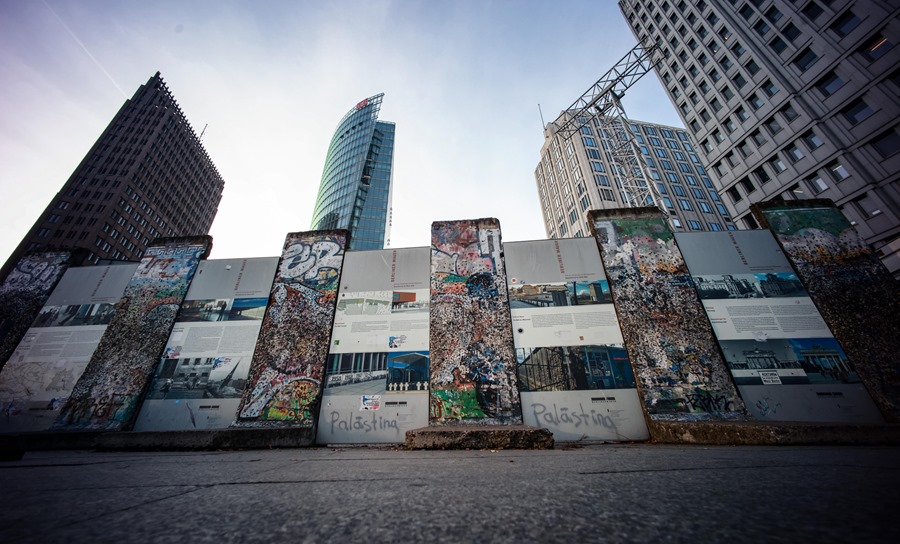memory of a city

Valeska Ricardo |
Berlin (EFE).- The lenses of photographers bear witness to countless events, including the fall of the Berlin Wall 35 years ago and the transformation of the city, whose image is deeply marked by the utopia of the 90s that is still shaping the capital today . Today.
The exhibition “Dream On – Berlin, the 90s” is composed of more than 200 works by nine photographers who recall the days when newly unified Berlin was full of creative expressions and subcultures while searching for its identity.
Annette Hauschild, photographer and founder of the Ostkreuz photography agency, told EFE, “If you look at Berlin in the 1990s, you don’t think of new buildings, but of the somewhat chaotic and wild life that existed in some parts. Let’s think about it.”
The agency’s exhibition, founded in 1990 by a group of photographers from the former GDR, has nine members who documented through their lenses a city in transition, in which social and economic changes reshaped Berlin.

“Linking these two economic and social systems after the fall of the Wall was an incredibly big challenge,” said Hauschild, recalling that the Ostkreuz Agency, like many other organizations, would not have existed without the fall of the Wall.
analog photos
To pioneer this collection, the group of photographers sought a new perspective on the period through photographs from the agency’s archives that had never before been digitized.
The person in charge of the exhibition said, “Our challenge was to look at photographs from the 90s with today’s perspective and knowledge.”
In that sense, “the best thing is to appreciate the past through today’s eyes,” he said.
Hauschild says that this exhibition, which has dozens of visitors every day, is of great interest to different generations who compare the photographs with their memories.
And today, 35 years later, the spirit of those years continues to resonate in the streets, memories and photographs of those who lived through that period.
“When I look at the pictures, everything has changed. Not only the city, but also the people who live here,” Nidia, a witness to the fall of the Berlin Wall who was visiting the exhibition, told EFE.

Younger generations who did not experience that historic moment gain new knowledge and perspectives in return.
“We have no connection with what happened and that’s why it’s so amazing to see what parents always say about how things were, everything was new and about optimism and freedom,” Carla told EFE. There was a feeling of.”
He said, “When you see the exhibition you feel free and able to do anything, that’s why I liked it so much.”
Berlin is divided into four chapters
The photographers at the Ostkreuz agency, named after the S-Bahn station connecting East and West, decided to divide the exhibition into four stages.
In the chapters titled: ‘Departure and Farewell’, ‘A City Disappears, a City Emerges’, ‘New Freedoms and Old Certainties’ and ‘Welcome to Utopia’, the group reflect on the struggle following the fall of the Wall. Wants to do. For the design of the new capital and its adaptation to a new ideologically and physically reunified society.
To do this, he used a variety of photographs of different sizes and colors that represent everyday situations, such as the daily routine of a convinced neo-Nazi, daily life amidst the opportunities and difficulties that change would bring with it. There are many desolate areas and countless techno scenes that were paving the way for an era for Berlin.
“While some danced on the ruins of the socialist state, the shift toward capitalism took place almost immediately without objection,” the agency said.
For Hauschild, the euphoria after the fall of the Berlin Wall encouraged a new generation to take advantage of the open spaces and lack of rules typical of this period, which later learned to act together again.
